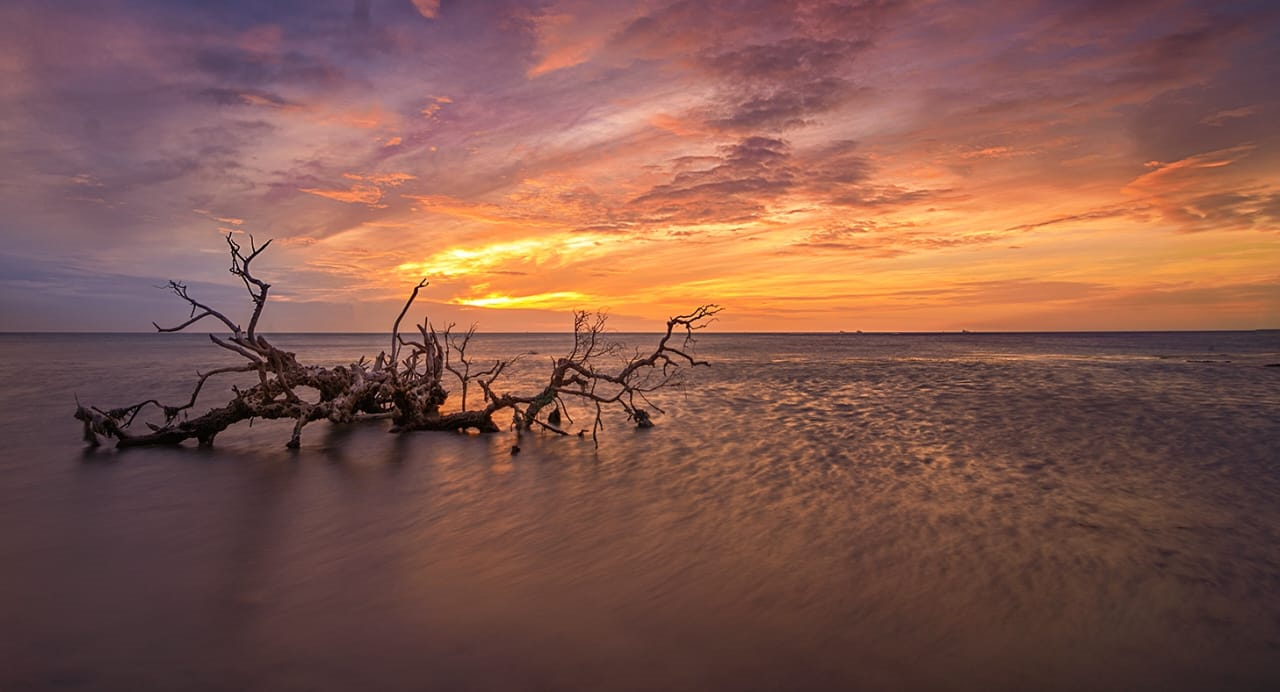VETTUVAN KOIL-ROCKCUT CAVES
Vettuvan Koil in Kalugumalai, a panchayat town in Thoothukudi district in the South Indian state of Tamil Nadu, is a temple dedicated to the Hindu god Shiva. Constructed in the Pandyan Architecture and rock cut architecture, the unfinished temple was built during the 8th century CE by the early Pandyas. The other portions of Kalugumalai hillock houses the 8th century Kalugumalai Jain Beds and Kalugasalamoorthy Temple, a Murugan temple.
This rock-cut temple is notable for its architecture and construction method. While the early Pandya rulers helped build numerous cave and stone temples, it is the only known example of a Pandya era monolithic temple that was carved out in three dimensions, in-situ from the top of the hillock.
The temple is maintained and administered by Department of Archaeology of the Government of Tamil Nadu as a protected monument.
The temple is carved out from a single rock in a rectangular portion measuring 7.5 m (25 ft) in depth. The carvings in the temple show the top portion of the temple, with an unfinished bottom. The sculptures and the carvings are indicative of Pandyan art during the period. The granite rock looks like a blooming lotus, with hills surrounding it on three sides. The vimana (ceiling over the sanctum) has niches of Parsavadevatas, the attendant deities of Shiva, like ganas, Dakshinamurthy depicted playing a mridanga, Siva with his consort Uma, dancers, various niches of Nandi (the sacred bull of Shiva) and animals like monkeys and lions. Historian Sivaramamurti states that this is the only site where Dakshinamurthy is depicted playing the Mridanga (a percussion instrument), while in all other places, he is depicted playing Veena. According to epigrapher V. Vedachalam, there is a spontaneity in the sculptures indicating of natural human movements like in the Shiva and Uma sculpture where they seem to be talking like common folks. The Vettuvan Koil is an unfinished Shiva temple.
The other portions of Kalugumalai hillock houses the 8th century Jaina Abode (southwest of Vettuvan Koil) and Kalugasalamoorthy Temple to the south end of the hillock.
Historians have equated the temple with similar temples across India based on the monolithic classification and being carved in-situ out of a pre-existing rock. Historian K.V. Soundara Rajan believes that the temple is similar in architecture to that of Virupaksha Temple at Karnataka by Vikramaditya II during 734–44, Kanchi Kailasanathar Temple built by Narasimhavarman II during 685–705 AD and Kailasa temple, Ellora by Krishna I during 756–77. Some historians suggest that the similarities in the architecture are indicative of the political relations between the Pallavas, Rashtrakutas and Chalukyas. This view has been disputed by other historians.V
.jpg)



Comments
Post a Comment